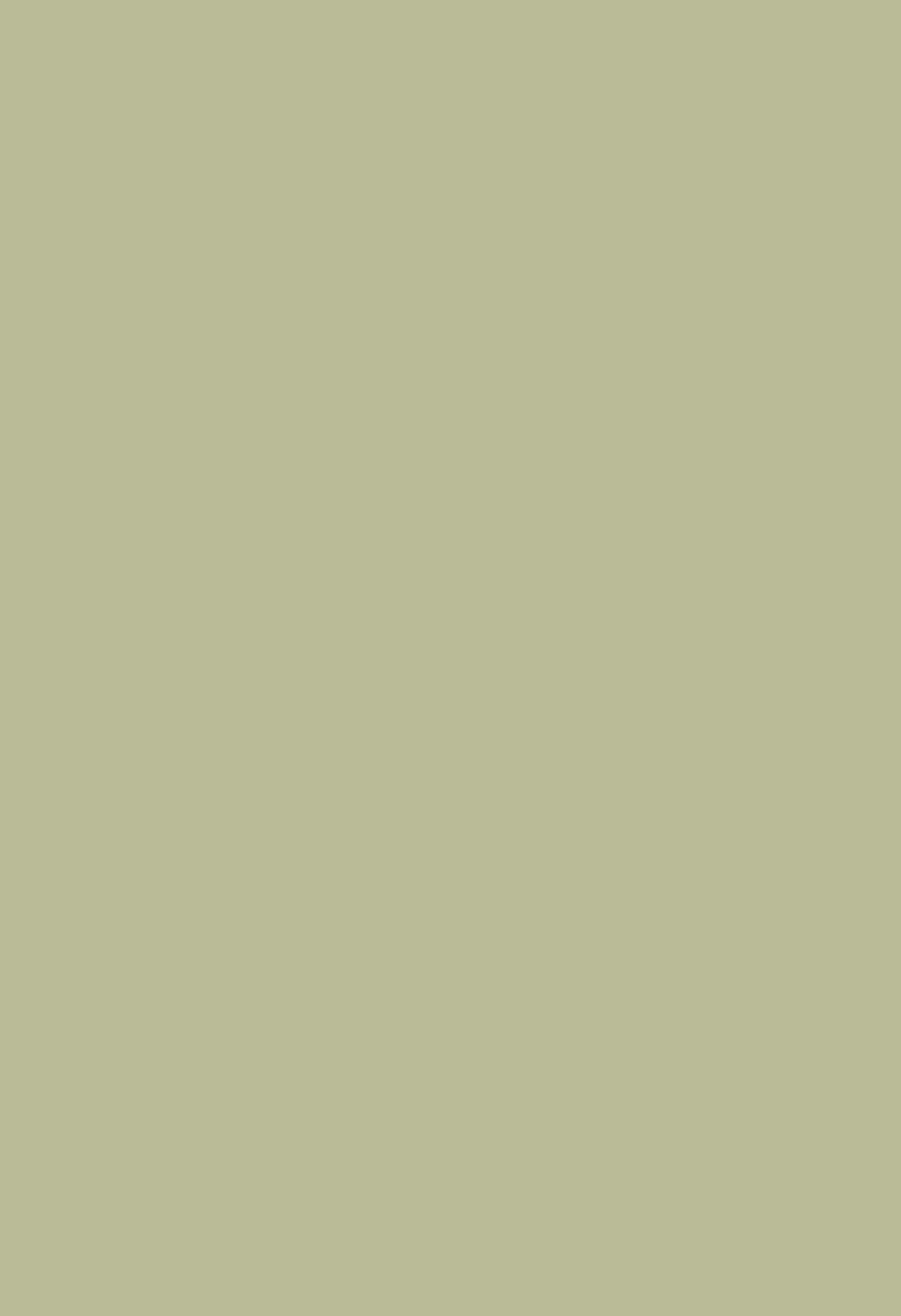
The works that caused some of the greatest controversy in the Armory
Show were undoubtedly the early Fauve paintings by Henri Matisse
(1869-1954). American critics were vicious and vehement in their
criticism of Matisse and were “insulted” by his deliberate “distortion of
form and erratic use of color.” While Cubist works by Duchamp could
be mocked for being completely incomprehensible and abstract,
Matisse used recognizable, traditional subjects like nudes, still lifes and
portraits, and the American public felt that he undermined them with
his “childlike” interpretations. Critics acknowledged that Matisse was
familiar with proper painting techniques and recognized he was
attempting to capture a “primitive” vision, but they nonetheless found
his intent upsetting.
His works were viewed as the undoing of progress in Western painting;
Adeline Adams, in her article for
Art and Progress
, stated, “The childlike
attitude as an
idée fixe
shows degeneration in viewpoint. It is as if man,
having by ages of effort learned to walk upright, should petulantly
conclude, perhaps after all, he would better achieve his adventures on
all fours.” His work was also ridiculed for being downright ugly and
unattractive. Harriet Monroe of the Chicago Tribune called his paintings,
“The most hideous monstrosities ever perpetrated in the name of long
suffering art.” When Matisse’s works traveled to Chicago, the Chicago
Art Students League found the
Blue Nude
, 1907, so offensive and
blasphemous to the tenets of fine art that they stabbed, pummeled and
burned effigies of the painting (now in the Baltimore Museum of Art).
They decried the work as being, “Artistic murder, pictorial arson, artistic
rapine, total degeneracy of color, criminal misuse of line, general
aesthetic aberration and contumacious abuse of title.”
Matisse and his fellow Fauves met similar criticism, albeit on a lesser
scale, when they debuted in Paris at the Salon d’Automne in 1905. This
exhibition gave birth to the moniker, Fauves (which means “wild beasts”),
because of their perceived violent disregard for realistic use of color and
form. While he exhibited with other Fauves like Derain, Vlaminck, and
Kees van Dongen, Matisse was again met with the most criticism for his


